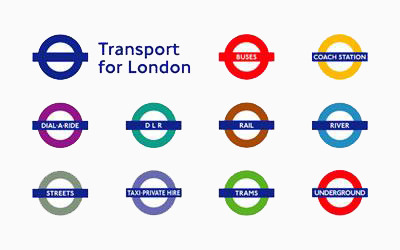Please note, that I write this post entirely with personal opinion. I am not representing any charity or organisation, with such.
Wait for a bus (greater time allowance/calculation can be made now by using apps on a mobile device).
The bus will arrive at the stated time. Visibly hail the bus. Make it clear and obvious to the bus driver, and passengers, that you are in a wheelchair, and you wish to board.
As the bus nears, smile at the driver, acknowledge, and thank him (act as if you are friends and as if you presume that he will let you board).
Essentially, it IS the driver's bus. Remember that the driver has 100% control. If you promote yourself as friendly as possible, the more likely it is that the driver will help.
A recent event in Leeds, concerning buses and wheelchair priorities is reported on the BBC website.
Bus companies are not required by law to force parents with buggies to make way for wheelchair users in designated bays on vehicles, senior judges ruled.
The ruling, stated above, could be viewed as very bad step backwards for wheelchair users. However, I, myself, am willing to accept this, as I am unsure about feeling so 'separate, a special needy priority'. I do realise that this is a controversial ruling, causing much debate.

























